How will the West solve a water crisis if climate change continues to get worse?
Megadrought and climate change is making water even more scarce in the West.
Imagine a world where water is scarce in the West -- or at least stretches of the increasingly hot and dry landscape.
A decades-long megadrought spurred by climate change, which has led to alarmingly low reservoir levels in the region, nearing or at records in some cases, add urgency to considering this consideration.
The West has more hydrologic variability -- more flood years and drought years per average year -- than any other part of the country, Jay Lund, professor of civil and environmental engineering at the University of California, Davis, and the head of the school's Center for Watershed Sciences told ABC News.
But a study published in Science Magazine in 2020 warned that the West is exiting an unusually wet time in its history and heading toward an unusually dry time that could last years -- even centuries.
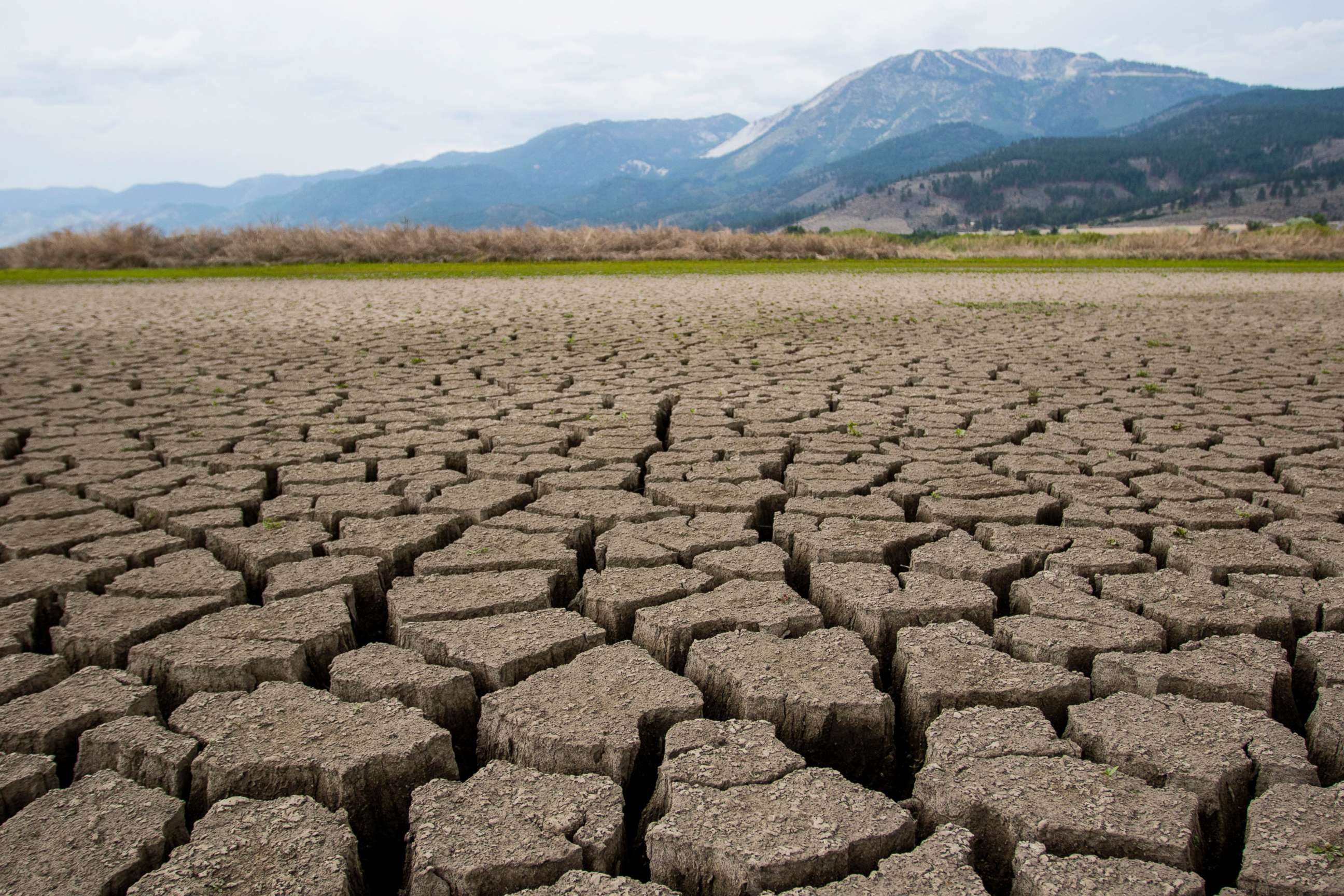
Some 42% of California's population is now under a drought emergency -- every part of the state except Southern California and the San Francisco Bay Area, California Gov. Gavin Newsom said Thursday. And if some of the most prominent reservoirs in the West are any indication, residents may be in trouble. Last month, water levels in Lake Mead, the largest reservoir in the country, hit historic lows -- an alarming notion considering the West is largely dependent on surface water.
Neighboring Lake Powell, the second-largest reservoir in the U.S., is seeing similar patterns. Lake Mead and Lake Powell will likely never refill to previously normal levels, John Berggren, a water policy analyst with conservation organization Western Resource Advocates, told ABC News.
"Climate change is definitely challenging the system," Berggren said. Population growth is straining the system as well, as increasing amounts of water get diverted to more households.
If the predictions come to fruition, and the recent warm, dry trends persist in coming years, how will the West solve its water crisis?
For years, states and municipalities are already urging residents, and in some cases enacting laws, to protect the water supply. Some regions on the coast, such as Santa Barbara, California, are installing desalination plants, and other inland areas, such as the state of Arizona, are monitoring ground water supplies as major reservoirs and the Colorado River continue to see the water levels dip.
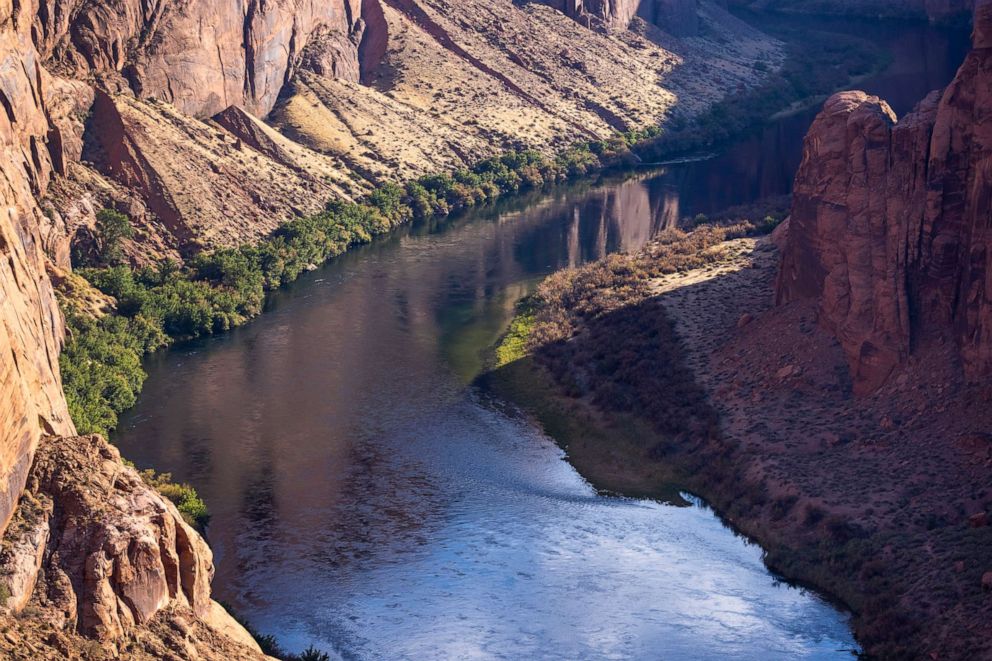
Agriculture will be hit the hardest
Farming uses the largest chunk of water supply, accounting for 80% of consumptive water use in the U.S. and more than 90% in many Western states, according to the U.S. Department of Agriculture, and would likely be the first casualty if supply in the West were strained.
In Utah, up to 90% of the water used in the state goes to agriculture, The Salt Lake Tribune reported. In Arizona, a large amount of the water extracted from the Colorado River goes toward agriculture, Erinanne Saffell, acting Arizona state climatologist, told ABC News.
Overall, between 80% and 90% of the water from the Colorado River system is used for agriculture, Berggren said.
In California, about 80% of the water use goes toward irrigated farming, Lund said, but agriculture only accounts for about 5% of the economy.
"It's a very valuable commodity. It's a very valuable part of many rural economies," Lund said. "But if you don't have the water, then over the long term you just can't sustain it."
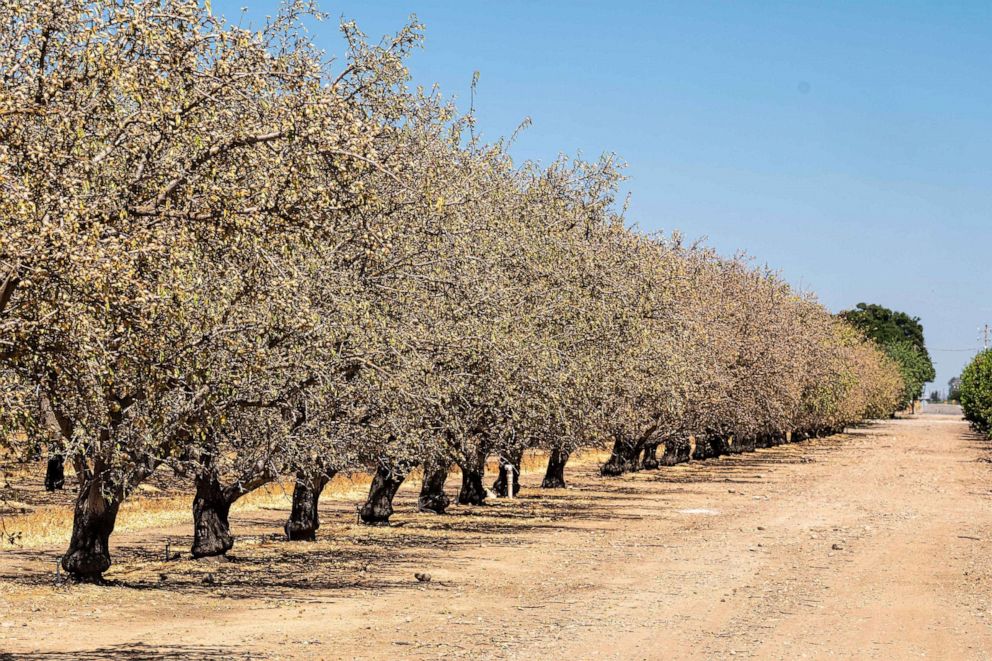
A first step towards conservation would be to take a small percentage of the water out of agriculture and either store it in reservoirs, keep it in rivers or allocate for municipal use, Berggren said.
The friction over water resources is already being felt in the agriculture industry on the West Coast. Farmers on the California-Oregon border are competing over the dwindling supply amid a decades-long conflict over water rights, The Associated Press reported.
In Montana, a drought disaster declared by the U.S. Department of Agriculture this week will allow farms in affected areas to eligible for emergency loans and other federal assistance.
Ranchers in Utah have begun to sell off herds as the arid atmosphere dries out the land the animals need to graze, which will likely lead to an increase in beef prices, according to The Salt Lake Tribune.
Alternative solutions like desalination and groundwater aren't always feasible
As water levels in reservoirs continue to drop, officials are also exploring other options to retrieve water.
In Arizona, groundwater is the state's largest water supply, Saffell said. Lawmakers passed legislation in 1980 in which municipalities agreed to not overdraw the groundwater.
In the past, when there was not enough surface water and water in reservoirs, states would pump as much groundwater as needed, Cora Kammeyer, a senior researcher at the environmental research nonprofit Pacific Institute, told ABC News. But now, after turning to that solution "over and over again," they are now seeing both surface water and groundwater shortages, she added.
Depletion of groundwater in the Southwest has been of concern for many years, especially in Arizona. Increased pumping to support population growth near Tucson and Phoenix resulted in water level declines of 300 to 500 feet in the region by the 1980s, according to the U.S. Geological Survey.
The installation of desalination plants, which remove mineral components from saltwater to create sources for drinking and agriculture, along the coast are for "some extreme cases," Lund said, and with it comes "a whole host of challenges," Berggren said.
The cost of treating seawater is about $2,000 to $3,000 an acre foot, which is about two or three times the cost of the next cheapest source, which is water conservation, such as buying water from farmers and reusing wastewater, Lund said. Relying on desalination plants would likely double a household water bill, he added.
"It's a good option if you don't have any other cheaper water available."
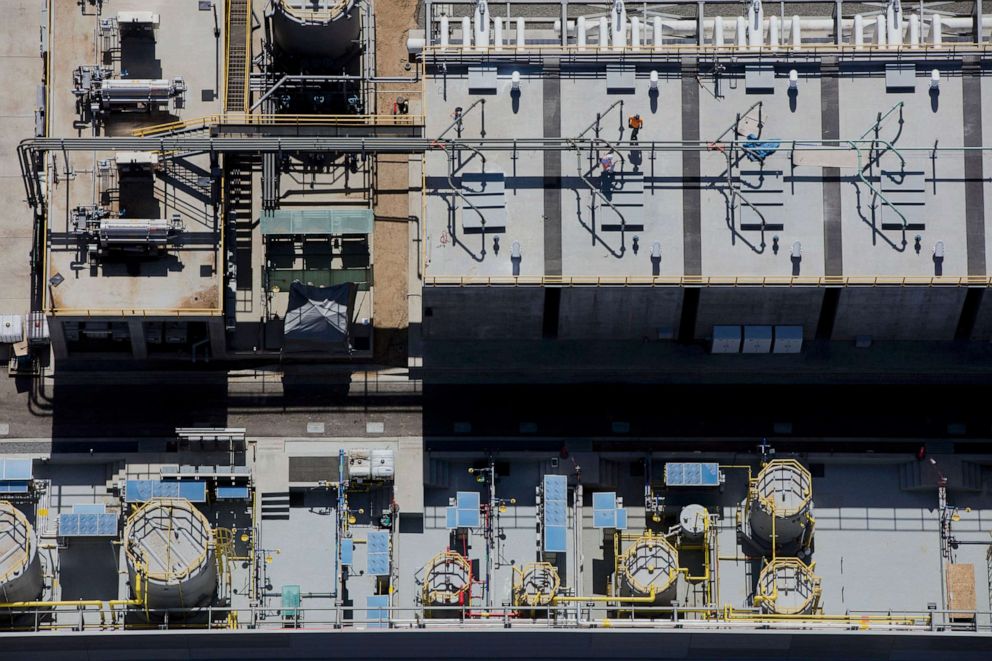
And while the technology has been around for a while, desalination also presents environmental challenges, such as where to put the salt and sediments left over from the process, which are bad to return to the sea, because all the extra sediment and minerals essentially pollutes the natural seawater. It would also be inefficient to pump the water from the coast to more inland states such as Colorado, Berggren said.
"It's really tempting to look at desalination as kind of a silver bullet for our water issues." he added. But "...there's many other cheaper, more efficient, more effective solutions that we can adopt here in the West."
While Saffell is hoping for an active monsoon season to help replenish reservoir levels, rain will never be enough to get them fill them back to previous levels, she believes.
Water management and conservation may be the strongest solutions
Water management and conservation have already proven to be the most effective tactics in maintaining water supplies in the West, experts said.
Arizona water management is well-equipped to ensure supplies to the desert community, Saffell said. The state has been at a Tier Zero level of shortage, the highest classification for a lake shortage, for the past couple of years. It decreases water allotment slightly, but Saffell expects the state to move to an unprecedented Tier One conservation level in 2022, when they will then decrease their draw from the Colorado River by 8%.
It will be the first Tier One shortage ordered by the U.S. Bureau of Land Reclamation in lower Colorado River basin states such as Arizona, California, Nevada and some states in northern Mexico. Once Lake Mead, which supplies water to about 25 million people in the region, reaches a certain level, each state will have to extract less water, Berggren said.
Officials especially have to ensure that reservoirs don't get too low, or else they will enter a "dead zone," in which the water levels will have sunk below the pumps, Kammeyer said.
"So even if there's still water left in the reservoir, we physically cannot get any more water out of the reservoir," she said.
"So before it basically crashes, let's proactively take less water out of that system to hopefully help stave off those really low elevation levels -- with the hopes that maybe next winter we'll get a decent snowpack and those can refill a little bit," Berggren said.
The West has one of the fastest-growing populations, seeing an increase in large cities of 9.1% since 2010, according to the 2020 census. But that does not need to automatically equate to a higher water demand if conservation is implemented effectively, Berggren said.
To give an example of the potential for conservation in households alone, Lund estimated that urban water use in California at 130 gallons per capita per day, while urban areas of Spain or Israel use closer to 25 gallons per capita per day.
With every drought in the West, officials have made improvements in water management, Lund said.
And the efforts to conserve have already made great strides in recent decades. In California, cities such as Los Angeles and San Francisco are using the same amount of water, or less, as they did 30 years ago, despite substantial increases in population, Heather Cooley, director of research at the Pacific Institute, wrote in 2019.
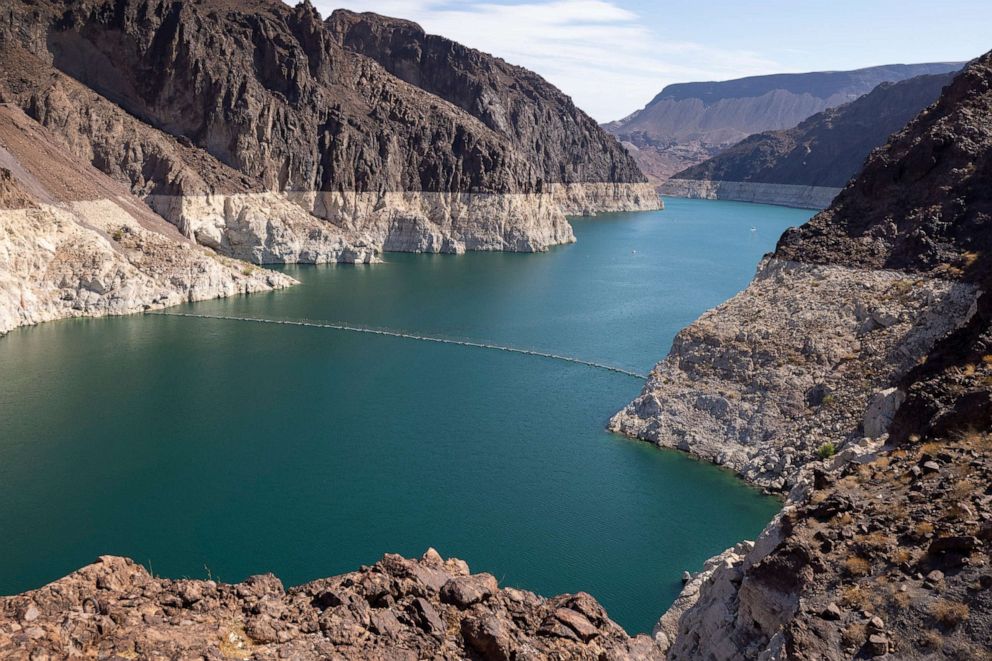
Currently, per capita water use is 16% lower than 2013 levels, suggesting there has been some permanent behavior change by Californians since the mid-2010s drought, California Gov. Gavin Newsom told reporters on Thursday.
"So overall, we're wanting to manage that incredible resource," Saffell said.
While water management has the potential to stave off the water crisis, if trends continue as "business as usual," there's a likely chance there won't be enough water for residents in the West, Kammeyer said.
Conservation mandates are imminent
Officials have already begun to lay down the law on curbing water usage, and additional restrictions are imminent, experts say.
Newsom requested that residents voluntarily use 15% less water after signing an executive order adding nine counties to the state’s drought emergency on Thursday.
The governor encouraged people to practice "common sense things" such as reducing the amount of irrigation water for lawns, decreasing the amount of time in the shower and making sure appliances such as the dishwasher and the washer have full loads before running them.
During the last drought, when water restrictions were implemented between 2013 and 2016, per capita water use went down 21%, Newsom said.
In Northern California, the Nevada Irrigation District has enacted a mandatory 20% reduction in water use for its customers.
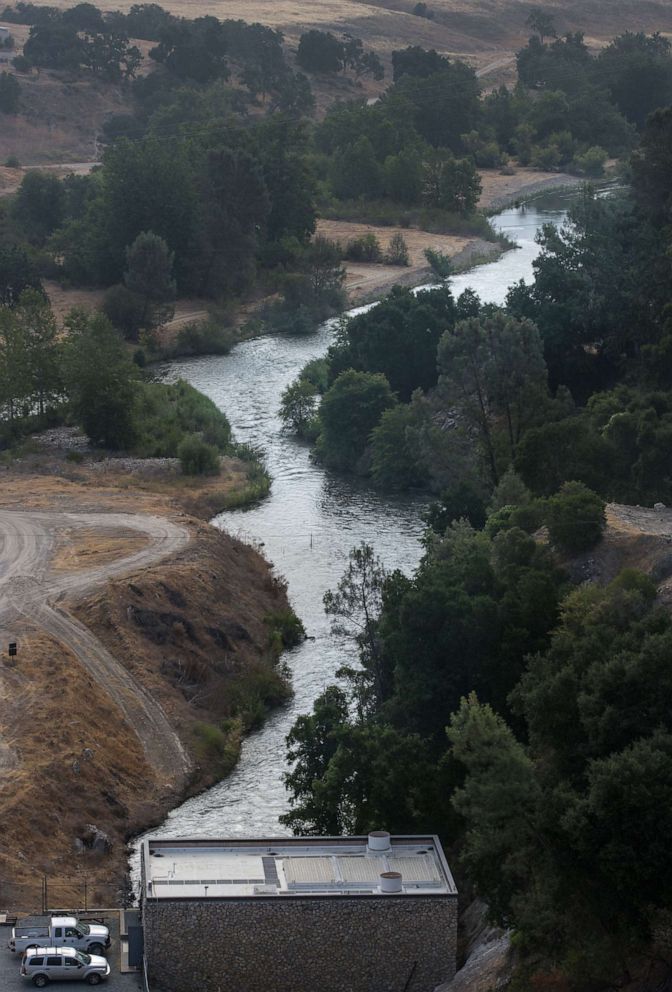
On Wednesday, Oregon Gov. Kate Brown issued an executive order mandating that state agencies stop watering lawns and washing windows at state offices and facilities and to stop running fountains that don’t recirculate water. The order also bans the planting of new landscape that requires irrigation.
"Everyone's gonna have to give a little. But if we can all come together and give a little, we can actually create a more sustainable pond river system that isn't facing these scary reservoir levels ... isn't potentially leading into a crisis," Berggren said.
And while cities, states and residents are already are making efforts to promote and enforce conservation, they will likely need to do "quite a bit more" to ensure there's enough water for the future, Lund said.
"So, we're still going to see some big challenges from this drought," he said. "But ... civilization in the West will not dissipate."
ABC News' Matthew Furhman contributed to this report.




